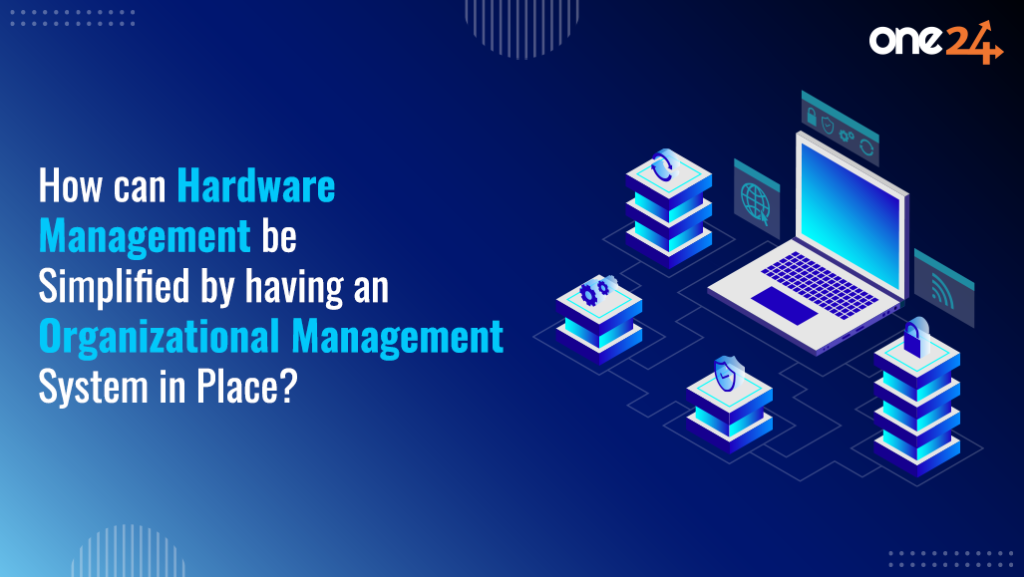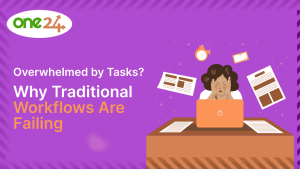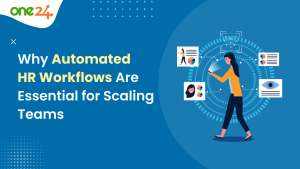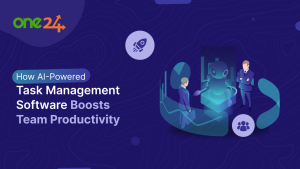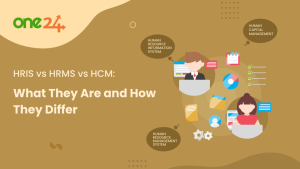Effective hardware management is crucial for the smooth running of enterprises across industries. However, maintaining hardware assets can be difficult and time-consuming, particularly for businesses with substantial infrastructures. Organizational management systems are being used by many companies to streamline and simplify the procedures to overcome this difficulty. This article will examine how putting such tools in place can transform your assets’ lives and increase productivity inside a company.
Hardware Management’s Complexity
Numerous responsibilities are involved in hardware management, such as capacity planning, maintenance, security, asset lifecycle, and inventory tracking. These responsibilities can easily become too much to handle without a centralized system in place, which increases the risk of failures, inefficiencies, and resource waste.
It can be challenging to keep an accurate inventory, track device lifecycles, and guarantee compliance with security regulations when using traditional methods of relying on manual processes, spreadsheets, and different applications. Data silos, effort duplication, and contradictory information amongst departments might arise from a lack of system integration.

The Role of Organizational Management Systems
Organizational management systems (OMS) offer a consolidated platform for managing hardware assets throughout their lifecycle. They are often referred to as IT asset management (ITAM) or enterprise asset management (EAM). These tools include a plethora of features and functionalities aimed at streamlining and automating several facets of hardware handling such as:
1. Centralized Inventory Management
Workstations, servers, networking, and peripherals are all kept up to date in an extensive inventory by OMS. These solutions give IT teams real-time visibility into their hardware estate by combining asset data into a single database. This helps them track assets more efficiently and make wise decisions regarding retirement, deployment, and acquisition.
2. Lifecycle Management
From buying to retirement, hardware asset tracking is made easier by OMS. Through the automation of procedures including asset acquisition, deployment, upkeep, and disposal, these tools guarantee the effectiveness of hardware while adhering to organizational guidelines and legal obligations. These technologies can also lower the total cost of ownership, increase asset lifecycles, and maximize asset usage.
3. Maintenance and Support
Hardware assets can be proactively maintained and supported with the help of OMS tools and capabilities. This platform can maintain warranty and support contracts, plan regular maintenance, create automatic alerts and notifications for existing problems, and make it easier to resolve service requests and incidents involving hardware. Through maintenance and support tasks, companies can reduce downtime, boost dependability, and improve user happiness.

4. Security and Compliance
Organizational management systems have tools for guaranteeing regulatory compliance and implementing security standards. These systems can establish audit trails for hardware-related actions, impose access rules, track settings, and watch security flaws. Organizations may lower the risk of security breaches, safeguard sensitive data, and prove regulatory compliance by centralizing security and automating compliance procedures.
5. Reporting and Analytics
To analyze hardware performance, usage trends, and compliance data, OMS provides strong reporting and analytics features. To enable data-driven decision-making, these platforms can produce customized reports and dashboards that offer insights into consumption. They can also help uncover optimization opportunities. Organizations may better allocate resources, maximize their investments, and match hardware resources to business goals by utilizing reporting and analytics technologies.

Case Study: Implementing an Organizational Management System
To demonstrate the advantages of OMS, let us examine a case study of a medium-sized business, PixelQA that streamlined its hardware procedures by using One24, a leading organizational management system.
| Problem | Solution |
| PixelQA, a Leading Quality Assurance Company, was finding it difficult to efficiently oversee its growing hardware infrastructure. The IT team was having trouble keeping track of asset possessions, maintaining an accurate inventory, and guaranteeing compliance with security standards because of the numerous locations, variety of hardware, and manual handling procedures in place. | To improve efficiency, PixelQA made the decision to put in place One24, the best OMS. The business evaluated several solutions before deciding on a cloud-based IT asset management (ITAM) system that provided extensive functionality and flexibility. |
Final Outcome
- Centralized Inventory: PixelQA received a centralized inventory of all hardware assets, complete with specific details like the manufacturer, model, serial number, and configuration, thanks to One24. As a result, the IT team was able to track assets more efficiently and decide on deployment and purchase with greater knowledge.
- Lifecycle Management: From acquisition to retirement, asset lifecycle handling was made easier by One24. Handling of assets was guaranteed by planned maintenance chores and warranty tracking, while automated workflows and approval processes expedited the acquisition of assets.
- Security and Compliance: PixelQA was able to maintain regulatory compliance and enforce security standards with One24 in place. Potential hazards were found using automated security scans and vulnerability assessments, and hardware-related activities were tracked and recorded thanks to access controls and audit trails.
- Reporting and Analytics: The IT team was able to optimize resource allocation and connect investments with business objectives thanks to customized reports and dashboards that offered insights into asset consumption.
Wrapping Up
Organizational management systems are essential for streamlining company assets and increasing productivity in businesses. These platforms help IT teams manage assets more efficiently and connect them with business goals by offering centralized inventory & lifecycle management, maintenance and support, security and compliance, and reporting and analytics capabilities. Investing in OMS will become more crucial as companies continue to rely on technology to boost innovation and growth to maintain the best possible performance, security, and economic efficiency of physical assets.

